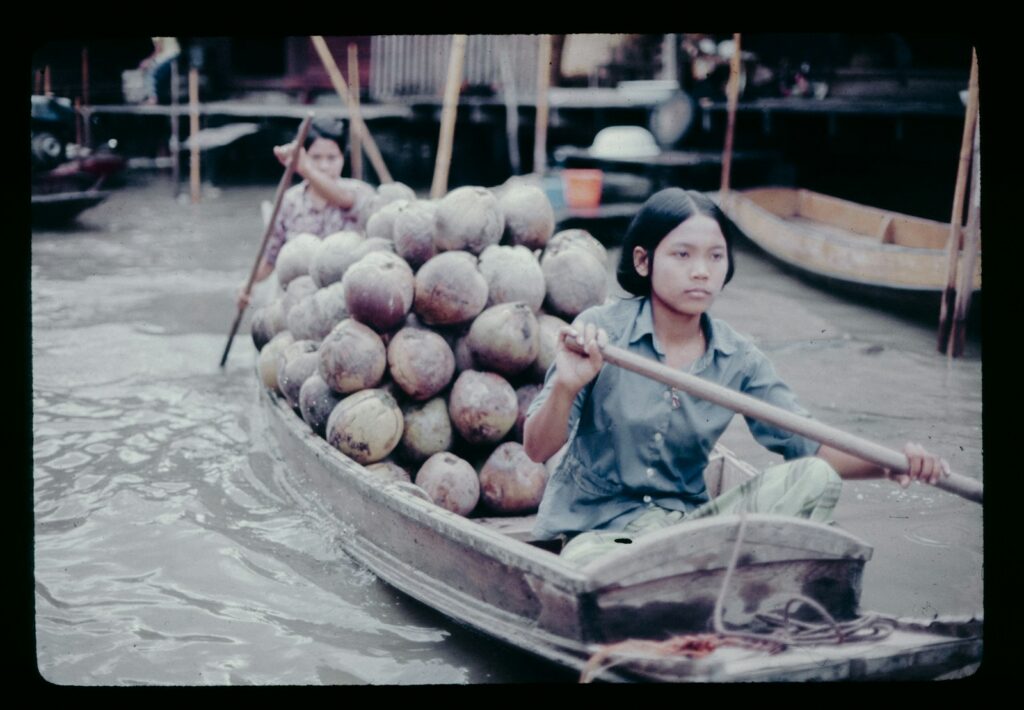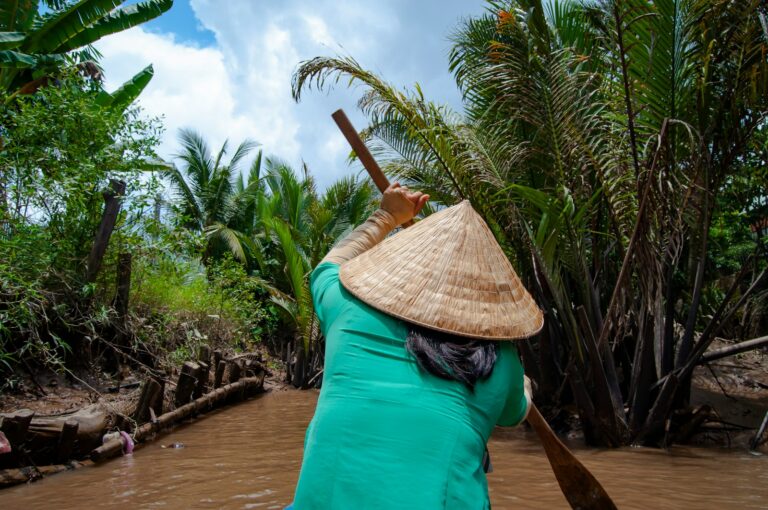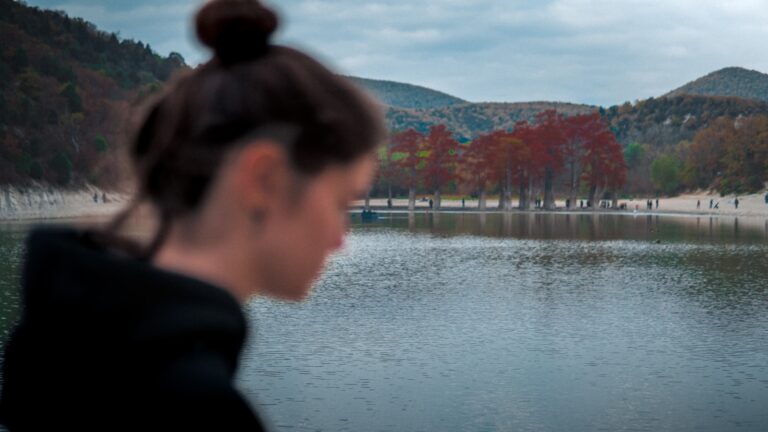Still the Same Wharf: A Journey Through Can Tho’s Soul
By Ngoc Tran
The Mekong unfurls like a ribbon of life, glistening beneath the early morning sun. Here in Can Tho, the river moves with a quiet confidence, carrying stories older than the bridges that span its breadth, older than the houses that lean gently toward its embrace. And yet, for all its constancy, the city it cradles hums with change—wide roads, soaring hotels, bright shopping malls rising where wooden homes once stood.
But when I return, my heart instinctively gravitates toward Ninh Kieu Wharf, still whispering the poetry of the past. No matter how many times I come back, it feels like stepping into a sepia photograph. The air tastes of river mist and nostalgia.
A few steps away, two silent witnesses to centuries of ebb and flow stand proud: the Ong Pagoda and the Old Market. Each bears the weight of history, and yet, each pulses with the quiet resilience of a city that refuses to forget where it came from.
The Sacred Heart of the Chinese Community
Tucked near the water’s edge, the Ong Pagoda rises in hues of jade, crimson, and gold, its roof curling like a dragon’s tail toward the sky. It isn’t just a temple; it is the heartbeat of generations of Guangdong immigrants who crossed storm-lashed seas to make a life in this riverine city.
Unlike most Hoa temples in Ho Chi Minh City, which venerate the sea goddess Thien Hau, this sanctuary honors Quan Cong, the warrior-turned-deity immortalized for his loyalty, righteousness, and unyielding sense of honor. His face—lacquered red, framed by a cascade of black beard—commands the center of the main hall, a vision in blue robes and quiet authority.
Step inside and you enter another world. The air thickens with incense smoke spiraling upward through a skylight, once a simple well of light, now fitted with a modern shade that pivots open like a giant eyelid. Wooden beams gleam under centuries of devotion, their surfaces carved with mythical beasts: dragons chasing pearls, fish transforming into phoenixes, their ceramic scales flashing in blue, green, and ochre.
Look closely, and the stories come alive. A man bends under the weight of water jars; a fisherman hauls nets from unseen seas. Apricot blossoms bloom eternally across panels, and bamboo forests murmur in painted relief. Each detail hums with the cadence of legends carried across an ocean.
On the 24th day of the sixth lunar month, when the festival of Quan Cong once filled these halls, the temple would throb with drums and human voices. Lanterns glowed like embers against the night. Those lanterns, auctioned for charity, kept alive not just tradition but compassion, funding schools for the disadvantaged and preserving the Chinese language for new generations. Today, the echoes linger, softened by the silence left in Covid’s wake.
Since 1993, Ong Pagoda has been recognized as a national cultural treasure. But it doesn’t need a plaque to tell you what your senses already know: this is history you can feel on your fingertips, in the cool press of stone, in the faint shimmer of gold leaf on wood.
The Old Market and Its Secrets
Just beyond the temple, the Old Market stretches like an old soldier, still standing, though time has worn its shoulders. Locals call it Chợ Cũ, but its official name is Can Tho Market. Built in the early 20th century under French colonial rule, it was once the humming heart of trade across Cochinchina, where “road ahead, river behind” meant everything came and went by boat.
The French gave it a clock tower—a stately sentinel flanked by two smaller turrets—echoing the symmetry of Binh Tay Market in Saigon. Inside its T-shaped skeleton of reinforced concrete and tile, the air once sang with barter and laughter, with the rustle of rice sacks and the scent of tropical fruit. Today, the space is quieter. Souvenir stalls stand where fishmongers once hollered their prices. Postcards and trinkets have replaced the scent of durian and freshly caught fish.
And yet, the soul remains. In its heart lies a restaurant that looks out over the river, where I have spent many mornings nursing coffee as the first light bled into the sky. From here, the river reveals its dual nature: placid at the surface, a frenzy of life beneath. Fish, shrimp, and crabs weave invisible patterns through the silt, sustaining families on both banks, shaping the rhythm of lives as constant as the current.
From the terrace, the Can Tho Bridge arches gracefully across the horizon, a modern marvel finished in 2010, its cables taut as harp strings against the dawn. But the mist rising off the Mekong—thin as a lover’s veil—reminds me that some things defy time.
The Wharf Where It All Comes Together
By evening, Ninh Kieu Wharf awakens in another guise. Music spills from makeshift stages; laughter mingles with the scent of sizzling street food. This riverside park, transformed from a working wharf into a promenade in the 20th century, has become the city’s living room, where families stroll under strings of lights and tourists linger for a breath of river breeze.
This is where I boarded a boat for Cai Rang Floating Market at dawn on another trip, skimming through a tableau of life painted in primary colors: mango pyramids on one boat, heaps of pineapples on another, vendors balancing on narrow planks as they shouted prices into the morning air. It is commerce and carnival, survival and spectacle all at once.
Can Tho wears modernity lightly, like a silk scarf over an old brocade gown. Its avenues gleam; its hotels pierce the skyline. But the river—this endless, forgiving river—still moves as it always has, carrying fragments of memory in its current.
The Ong Pagoda still breathes incense. The Old Market still smells faintly of time. And the Wharf? It still waits, unchanged in spirit, for anyone who longs to remember what the land of “White Rice and Clear Water” means.



